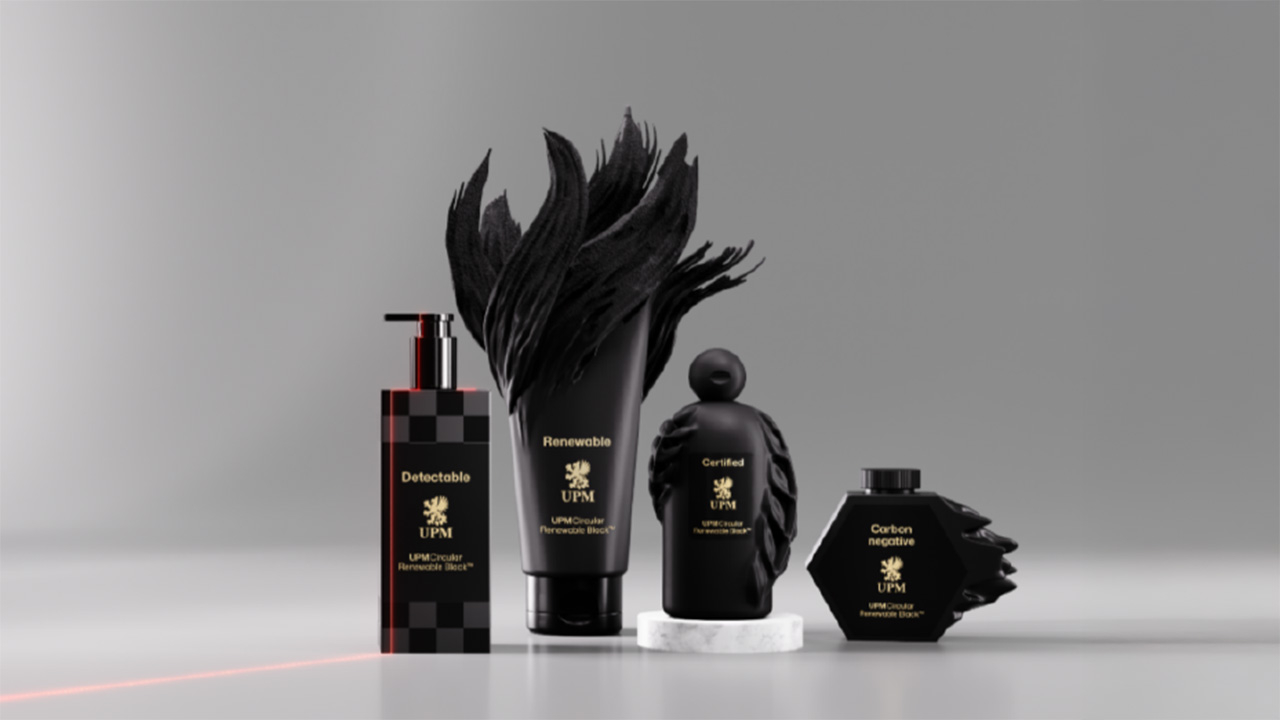What does variable offset offer the market?

Germany based Müller Martini Druckmaschinen GmbH, part of the Swiss Müller Martini Group, recently hosted an Open House for 300 invited converters to show what the latest Variable Offset press technology has to offer the market for package printing. On working demonstration were the company’s Alprinta 74V and VSOP 850 lines running different types of work.
The VSOP 850 ran laminated soup pouches and sweet (candy) wrappers. The pouches had a repeat of 762mm and were printed on an 850mm web of 38-micron LWD foil. The job had a 20-micron screen frequency modulation and curing was effected by electron beam (EB) using CMYK offset inks and a flexo varnish. The sweet wrappers had a 610mm repeat on an 845mm web of transparent 30-micron GND.
There are 77 VSOP (Variable Sleeve Offset Printing) lines installed, 24 of which are on multiple installations sites, and the 500th print station has just been manufactured. Top speed is 365 m/min running roll to roll. The press can also run roll to sheet. The servo driven VSOP works with easily changeable plate and blanket sleeves for size changes, and Muller Martini estimates that more than 10,000 sleeves are in use worldwide with formats ranging from 381mm to 762 mm.
The Flexo unit was included in the line for opaque white, metallic and UV or EB varnish, and the EB unit itself, which featured a driven chill roll, was provided by leading American manufacturer Energy Sciences International (ESI). Color and register control was provided by Eltromat’s Corecon system which included a highly adjustable web video camera, ink fount control and both lateral and longitudinal register adjustment. The chilled pull roller group was fitted with a web guide and tension control for accurate feeding, while the single rewinder had a motorized lift and dancer controlled servo for the unwind draft, and an anti static device.
For comparison, the Alprinta 74V, which is designed for packaging and labels, ran two jobs, an inmould label with a 660mm repeat on a 740mm web on 70-micron OPP EUH, using stochastic screening for CMYK plus Reflex Blue offset printing, and a water based flexo varnish. The job was cured by UV for the offset and hot air for the flexo units. The press was run up to production speed and then stopped to allow for a job change. The second job was a shrink sleeve with a 610mm repeat on a 680mm web of 50-micron PETg. This was printed with an opaque white in the sixth unit and also featured reverse side printing.
Available in two web widths, 520 and 740 mm, the Alprinta V has a maximum production speed of 365 m/min for roll to roll and roll to sheet applications. To date, Muller Martini has installed 33 of the Alprinta series around the world, totalling 213 print units. The Unwind unit, which is servo driven and has corona treatment, web tensioning and web cleaning, is followed by the Flexo station that can lay down a white, a primer, run metallic inks, or a matt varnish. It is of continuously variable size and is fitted with UV curing, with Hot Air as an option. The offset print stations have infinitely variable repeat, and use carbon fiber cylinders, of which more than 2700 are currently in use amongst customers. Conventional inserts are an option and a flexo cassette is available for prepared units. Curing is interdeck UV or the press can run wet-on-wet.
The Alprinta V is fully integrated with the Muller Martini AR 4000 Automatic Register Control, which utilizes digital cameras to match the printed dot to the master copy stored on file. The IDM 4000 Closed-loop color control system is available with single or multi heads and requires a color bar to be printed across the web as no measuring is carried out within the image. It provides constant color density during production and the job protocol for quality proofing. The BST Premius digital web video, fitted to the demo press ran two cameras for top and bottom reading, and provided defect detection, color comparison and bar code checking. The Processing unit had two stations for die cutting (or perforating) and offers longitudinal processing. It was used to perforate the shrink sleeve job. The 1270 mm diameter rewinder was fitted with an anti static unit.
Outlining the benefits of UV offset as an alternative to flexo or gravure, Andreas Hitzler, VP Sales & Marketing (Press Division) said: ‘Offset print quality is renowned and permits the number of colors used to be reduced because of the sophistication of the standard process. The sleeves and cylinders are also light and easy to handle, and plate costs are lower than for flexo and far lower then for gravure cylinders.’
Stay up to date
Subscribe to the free Label News newsletter and receive the latest content every week. We'll never share your email address.

